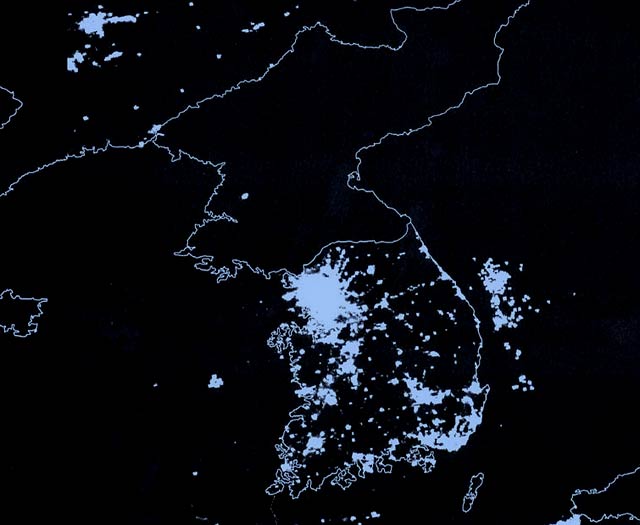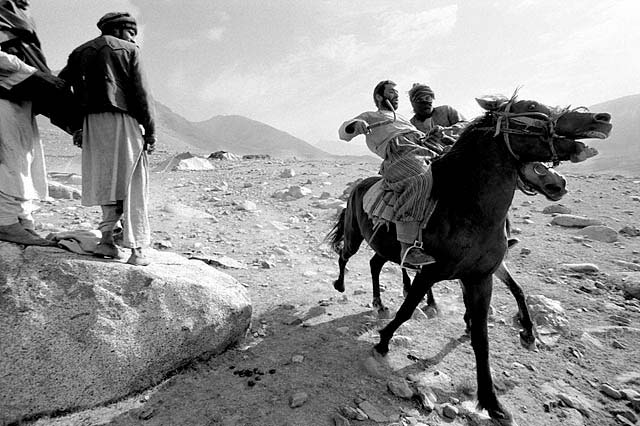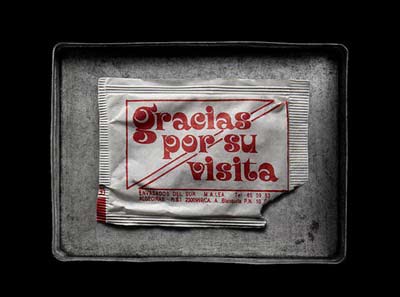asia
‘Life isn’t about finding yourself. Life is about creating yourself.’ –George Bernard Shaw

Doctors and experts are baffled by an Indian hermit who claims not to have eaten or drunk anything for several decades - but is still in perfect health.
Prahlad Jani, a holy man, or fakir, who is over 70 years old, has just spent 10 days under constant observation in Sterling Hospital, in the western Indian city of Ahmedabad.
During that time, he did not consume anything and “neither did he pass urine or stool”, according to the hospital’s deputy superintendent, Dr Dinesh Desai.
Yet he is in fine mental and physical fettle, say doctors.
Most people can live without food for several weeks, with the body drawing on its fat and protein stores. But the average human can survive for only three to four days without water.
Followers of Indian holy men and ascetics have often ascribed extraordinary powers to them, but such powers are seldom subject to scientific inspection.
“A series of tests conducted on him show his body mechanism is that of a normal person,” said Dr Desai.
{ BBC | Continue reading | Thanks Douglas }
image { Joe Merrell }
Get another cup of java, mercy mercy Mr. Percy
{ U.S. risks China’s ire with decision to fund software maker tied to Falun Gong, a Buddhist-like sect long considered Enemy No. 1 by the Chinese government. | Washington Post | full story }
Poor Evinrude. Your carburetor is all pooped out.

{ New Charging Method Could Slash Battery Recharge Times | The Physics arXiv Blog | full story }
photo { A Department of Defense satellite image of the Korean Peninsula showing wide illuminated areas in South Korea and the relative darkness of the North, September 2003 | Jason Reed/Reuters }
Scope, infrared
In the era of globalization, the land of the samurai and the salaryman has acquired a strange new identity. Japan now shows itself to the world as a country of “pink-clad girls, animated fantasies, and winking Kitty logos,” writes Christine R. Yano, a professor of anthropology at the University of Hawaii.
Kawaii, or “Japanese cute,” has become a global phenomenon. The rage for cute stretches from the prepubescent haunts of the world’s shopping malls to the catwalks of haute couture. At New York City’s Fashion Week last year, one show featured the work of 30 cutting-edge designers inspired by Hello Kitty, the iconic mouthless cartoon kitten that engendered Japanese cute. In Times Square, shoppers flocked to a newly opened Sanrio Luxe boutique peddling diamond-encrusted Hello Kitty watches and fine luggage.
Sanrio is the company that launched Hello Kitty and the whole cute phenomenon in the 1970s. Founder Tsuji Shinitarou saw the cartoon figure as “the Japanese cat that would overtake the American mouse,” according to Yano. He is the de facto father of “pink globalization.”
(^∇^)
When I was single, I toured around Japan while between jobs, and early in my trip hooked up with a couple of fellow Americans—a former college basketball player and multi-millionaire heir, and his girlfriend, an IBM salesperson. He was about 6’5”; she was 6’1”, ponytailed, and looked like a beach volleyball player. I’m 6’3”.
In just the past generation, the Japanese have pretty much caught up with Westerners in terms of height, but 22 years ago, people of our size were still a novelty, and the three of us were mobbed on a couple of occasions—I have some photographs of the millionaire’s girlfriend and me in a parking lot at Mt. Fuji surrounded by high-school girls clamoring for our autographs merely because of our foreignness and our parents’ foresight in deeding us tall genes. (…)
Lastly, whether they are drunk or sober, Japan’s people are at once welcoming and friendly, and yet incredibly prone to either cause foreigners to act in foolish ways, or to act, themselves, in foolish ways in front of foreigners.
I remember way back then when everything was true, and when we would have such a very good time, such a fine time, such a happy time
While we in the US spent our Thursday eating turkey and watching football, the rest of the world’s markets went into a downward spiral as Dubai announced it wanted its lenders to give the country a six-month moratorium on some $80-90 billion in debt. This has the potential to be the largest sovereign debt default since Argentina. (…)
Let’s look at some facts about Dubai. It is one of the Arab Emirates; but unlike its neighbor Abu Dhabi, oil is only about 6% of the economy. While the foundations of the country were built with oil, the country has diversified into finance, real estate, tourism, trading, and manufacturing. It is a small country, with a little under 1.5 million residents, but with less than 20% being natural citizens - the rest are expatriates. The gross domestic product is around US $50 billion.
Dubai has become a byword for thinking large. The world’s tallest building, underwater hotels, the largest manmade islands (plural), indoor snow skiing in the desert… For links to more information try this from Wikipedia: “The large-scale real estate development projects have led to the construction of some of the tallest skyscrapers and largest projects in the world, such as the Emirates Towers, the Burj Dubai, the Palm Islands and the world’s second tallest, and most expensive hotel, the Burj Al Arab.” The list goes on and on.
UBS suggests that the $80-90 billion in debt may not include rather large off-balance-sheet debt (where have we seen that one?). So, a country with a GDP of $50 billion borrows $100 billion. They build massive projects, which are now among the most expensive real estate in the world. The latest manmade island plans for one million people to buy property there. Seriously. Talk about Field of Dreams.
Then came the credit crunch. Property values dropped by as much as 50%. Sales, say the developers in understatements, have slowed. Seems there was a lot of debt used to speculate on real estate, not to mention buying Barney’s, Las Vegas casinos, banks, etc. And while US banks have little exposure, it seems England has about 50% or so of the debt, with the rest of Europe having the lion’s share of the remainder. Admittedly, the estimates seem to confuse the debt of Dubai with that of Abu Dhabi, so it is hard to know a reliable number, other than that European banks are the most exposed.
Now, here’s the deal. Abu Dhabi has the world’s largest sovereign wealth fund, at over $650 billion. Dubai has a “mere” $15 billion. If they cared to, Abu Dhabi could write a small check and make all the problems disappear. It just seems that they are not ready to do that, at least not yet. Abu Dhabi already got the world’s tallest building on past debt problems.
Qui est responsable de ÇA? Le décalage horaire? Un abus de Sake-Bière-Alcool de prune?

photo & quote { Alain Finkielkraut Rock | More: C’était super samedi }










